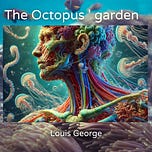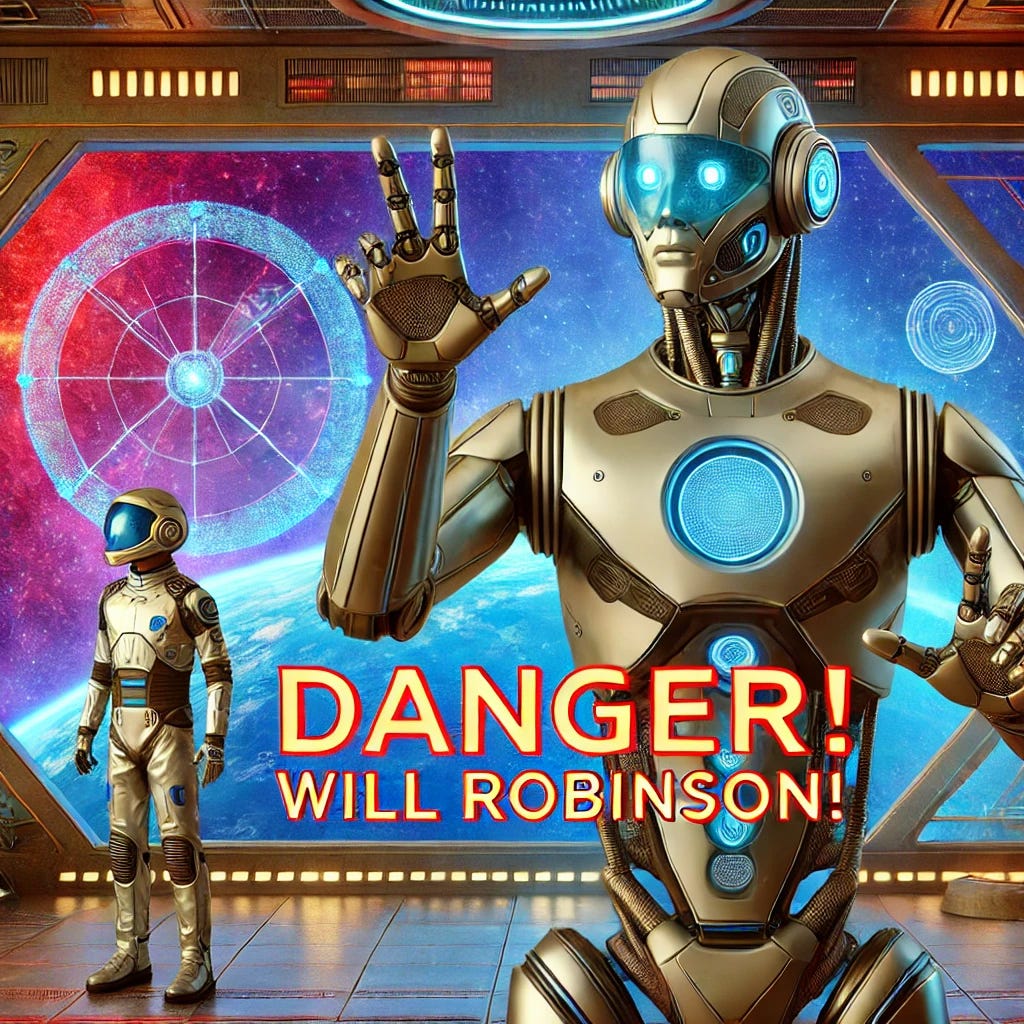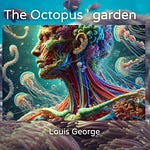Our cells basically started off as bacteria. So did the mitochondria. All cells of our body, except the red blood cells are symbiotes. A combination of a mitochondria and a cell.
Bacteria are forever being attacked by Fungi and viruses. Fungi especially. Fungi or molds, elicit a cell danger response, where the two types of bacteria that make up our cells, form a syncytium. The boundaries between the mitochondria and cytoplasm become blurred. And they go into hibernation as the next step, because it is too dangerous to be alive and too dangerous to be alone.
How the CDR Works
Threat Detection: Cells detect a threat through changes in their environment, such as oxidative stress, inflammation, or the presence of pathogens.
This sensory perception of the environment is done exceptionally well by the mitochondria. We tend to assume that the mitochondria are mindless battery packs. However, this couldn't be further from the truth. The membrane structure, the cristae, the proteins, the actual electron transport and the enzymes that take part in the process, all give exceptionally fine feedback to this organelle that we think of as a dumb battery pack. And the mitochondria will respond by changing energy production, communicating to the cell nucleus and even changing protein synthesis. All of these processes together, are called Mitochondrial Signaling.
Mitochondria play a key role in the CDR, shifting their function from energy production to defensive signaling. This involves the release of ATP (typically an energy molecule) outside the cell as a "danger signal." Once the signaling is initiated, this will result in - Metabolic Shift. Cells will temporarily halt normal metabolic functions (like energy production) to focus on defense, hibernation or repair. In the audio segment, I've emphasised mainly the hibernation part, because we don't usually think of our cells as capable of hibernation.
The parallels between the macro and micro are striking. In the macro world, the world we experience, there is either Fight, Flight or Freeze.
In the micro world, you'll see that as
Defense followed by Repair(Fight)
Or Defense followed by cell death(Flight)
Or you'll see cell hibernation. (Freeze)
When the hibernatory CDR Becomes Chronic, we end up with chronic disease. Common examples being
Chronic Fatigue Syndrome (CFS/ME)
Autism Spectrum Disorders (ASD)
Post-Traumatic Stress Disorder (PTSD)
Neurodegenerative Diseases (like Alzheimer's and Parkinson's)
Autoimmune Conditions (like multiple sclerosis)
Musculoskeletal issues that take forever to resolve
When cells remain "stuck" in the CDR, they may remain in a defensive, low-energy state, which limits normal repair and function. This can lead to symptoms like fatigue, brain fog, chronic pain, and immune dysfunction. Getting your mitochondria unstuck, is how you heal. If you know how to use the basics, it becomes easy
Key Role of Mitochondria
Mitochondria, known as the "powerhouses" of cells, are at the heart of the CDR. During the response, their primary role shifts from energy production to signaling danger. This change is essential for short-term survival but problematic if prolonged. The mitochondrial dysfunction observed in chronic diseases may, in part, result from this persistent CDR state.
Medicine needs to focus more on a holistic approach to mitochondrial health than the current approach that is based on one single cause for a pathology. That method works well for acute scenarios, but fails miserably in chronic disease.










